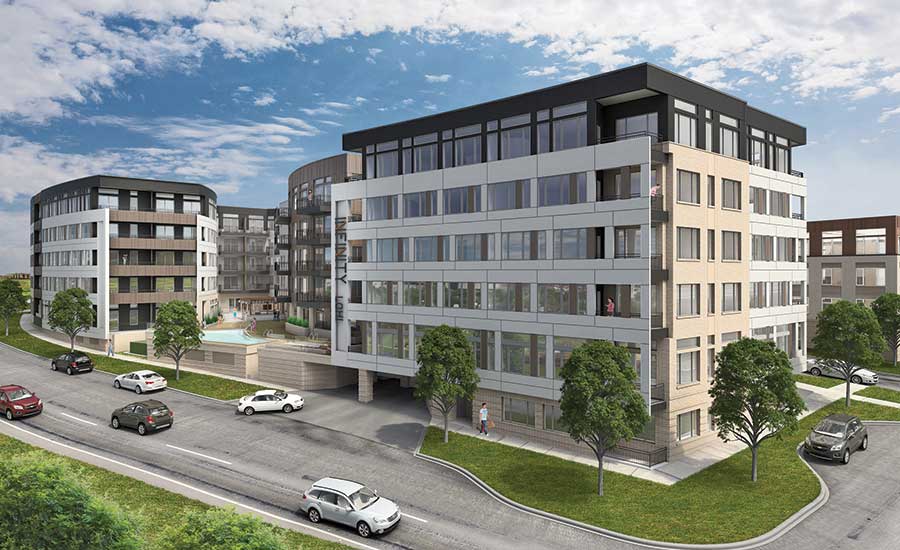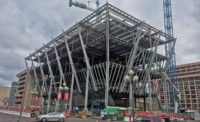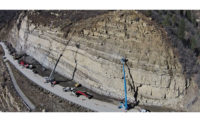Design firms say they continue to profit from solid development and construction growth across the region, but some leaders see signs of a slowdown in more capital-intensive sectors. They cite ongoing uncertainty in the oil-and-gas industry and tightening credit markets for some types of development as speed bumps in the current boom.
|
Click Here to View the 2016 Top Colorado/Wyoming Design Rankings |
“The multifamily market [in Colorado] continues to be very active, and we’re seeing a lot more interest in condominium projects now than in the previous five years, in spite of the liability and risk issues there,” says Brit Probst, principal at Denver’s Davis Partnership. “But from what we’re hearing, securing equity and financing are becoming more difficult for our developer clients, which will naturally cool down the market sometime on the not-too-distant horizon.”
Despite jittery stock markets, many healthy construction sectors still abound: hospitality, smaller retail and multifamily projects in the private sector as well as health care, K-12 and higher-ed work on the institutional side. “Along with new health care and institutional projects, multifamily rental housing and home remodels continue to be in high demand in Colorado,” says Cathy Rosset, executive vice president/CEO of AIA Colorado. “Firms also report steady or declining demand in the office sector, although there are many tenant finishes. Higher-ed construction, though good right now, is anticipated to weaken due to state budget constraints,” she says.
AIA recently reported the April Architecture Billings Index was at 50.6, down from 51.9 the previous month but still showing increased demand for design activity at U.S. firms. Any score above 50 indicates an increase in design billings.
“Architects continue to report a wide range of business conditions, with unusually high variations in activity across the major categories,” says Kermit Baker, AIA chief economist. “The strong growth in design contracts suggests that firms will be reporting growth in billings over the next several months.”
Other factors behind the regional growth cycle are the steady in-migration of people in area capitals such as Denver, Salt Lake City and Boise, and the resulting increase in housing density and demand for infrastructure, especially transit.
“We are seeing more vertical mixed-use and dense commercial project opportunities, especially as edge cities become established along our transit corridors,” says Bruce McLennan, principal at Farnsworth Group Inc. in Colorado. “The price of oil is foreshadowing uncertainty in the market that may impact the current appetite for development risk. However, interest rates remain at historic lows, and capital continues to be available for quality projects,” he says.





Post a comment to this article
Report Abusive Comment